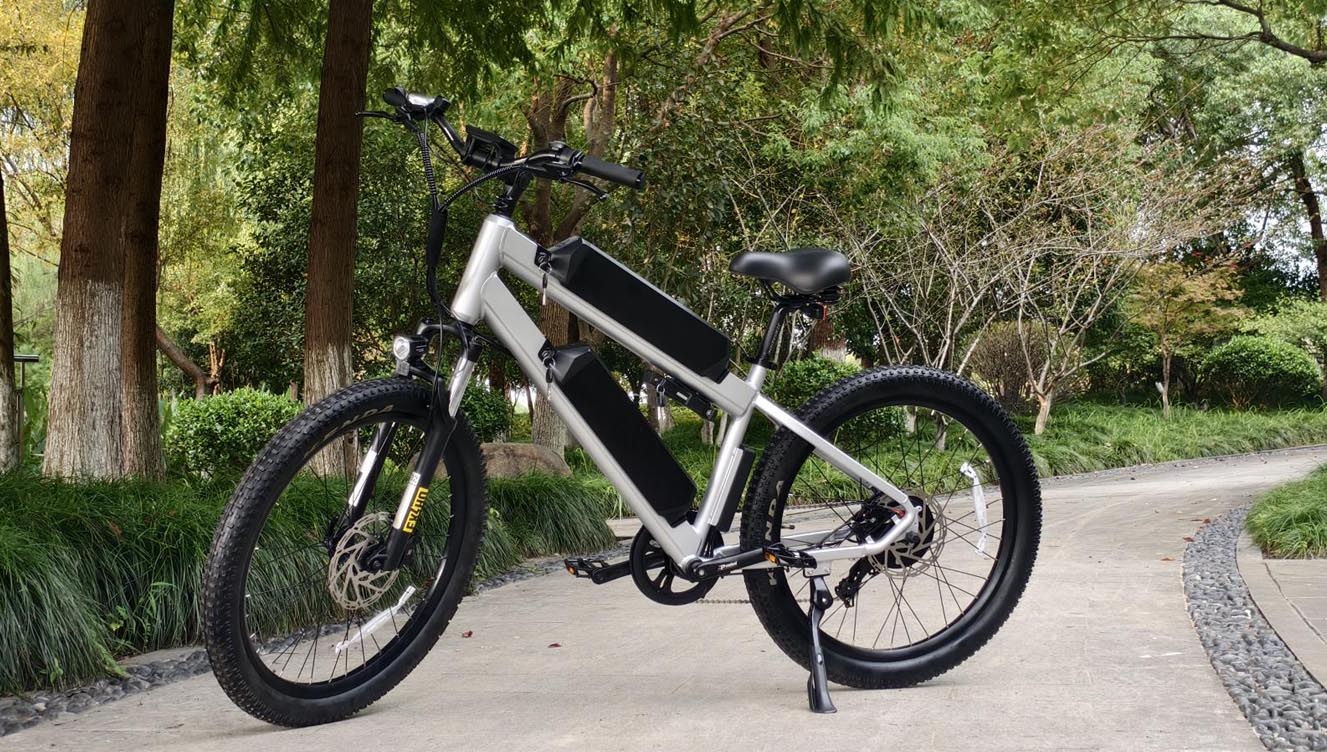Electric bicycles have become a popular mode of transportation worldwide due to their convenience, environmental friendliness, and energy efficiency. The increasing demand for electric bicycles has led to the emergence of various models, each with different configurations and prices. From entry-level models to high-end, fully functional bicycles, the price of electric bicycles may vary due to several factors. In this article, we will explore the different configurations of electric bicycles and their impact on prices.

One of the primary factors influencing the price of an electric bicycle is the battery capacity. E-bikes use lithium-ion batteries that power the motor and provide a certain range per charge.
Entry-level e-bikes typically feature smaller batteries (around 250Wh to 400Wh), which offer a range of approximately 20 to 40 miles per charge
Mid-range models come with more powerful batteries (400Wh to 600Wh), offering a range of 40 to 60 miles.
High-end e-bikes may be equipped with batteries of 600Wh or more, offering ranges of 60 to 100 miles or more on a single charge.
The battery’s capacity directly impacts the e-bike’s price, as larger batteries not only cost more to manufacture but also provide users with greater autonomy, which is often a significant selling point.
The motor is another critical element that affects the price of a china electric bike. E-bike motors are typically measured in watts, with higher-wattage motors offering more power and better performance, especially on inclines or rough terrain.
Low-power motors (around 250W) are common in budget-friendly e-bikes. These bikes are designed for casual commuting and flat terrain, offering a gentle ride.
Mid-range motors (around 500W to 750W) are found in bikes suitable for more varied terrains, including hills and light off-road.
High-performance motors (1,000W or more) are typically found in premium models designed for mountain biking, heavy-duty use, or long-distance commuting.
The motor's power not only impacts the bike’s price but also determines its performance and versatility. Riders who need an e-bike for hilly terrain or rough trails will typically need to invest in a more powerful motor.
The frame material plays a significant role in the overall weight, durability, and comfort of the bike. Common frame materials include aluminum, steel, and carbon fiber, each with its unique advantages and cost implications.
Steel frames are heavier but durable and typically found on budget wholesale electric bikes for sale. They contribute to a lower overall cost, with prices generally ranging from $500 to $700.
Aluminum frames are lighter and offer a good balance between strength and weight. They are commonly used in mid-range e-bikes
Carbon fiber frames are the lightest and most expensive option, offering superior strength and performance. These frames are typically found in high-end e-bikes
In addition to the frame material, the bike’s overall design also impacts its price. Custom designs, integrated battery systems, and advanced engineering for comfort or aerodynamics can all increase the cost of an e-bike.
The quality of components such as gears, brakes, tires, and suspension systems can significantly affect the price of an electric bicycle. More expensive models tend to feature high-end components that provide better performance, comfort, and safety.
Entry-level e-bikes often have basic components like single-speed drivetrains, rim brakes, and standard tires.
Mid-range e-bikes might include features like multi-gear systems, disc brakes, and better suspension forks, resulting in a price range of $1,500 to $3,000.
High-end e-bikes are equipped with premium components such as hydraulic disc brakes, full suspension systems, and advanced drivetrains (e.g., Shimano Deore or XT). These e-bikes are priced from $3,000 to $7,000 or higher, depending on the brand and specific features.
Additional accessories such as integrated lights, smartphone connectivity, and advanced digital displays also contribute to the bike's price.
Brand reputation and warranty offerings also affect the cost of an e-bike. Established brands with a history of producing reliable, high-quality bikes tend to charge a premium for their products. Moreover, bikes that come with long warranties or excellent customer service often cost more due to the added value.
Budget brands typically offer fewer customer service options and shorter warranties but are priced more affordably ($500 to $1,500).
Mid-range brands offer more comprehensive warranties (2-3 years) and often include better customer service, pushing the price range to $1,500 to $3,000.
Premium brands offer extensive warranties (5 years or more) and first-rate customer support, which justifies their higher price points ($3,000 and above).
Finally, the intended purpose of the e-bike plays a crucial role in determining its price. The lantu ebike is designed for a variety of activities, including commuting, leisure, mountain biking, and cargo transport. Specialized bikes for off-road or heavy-duty use tend to be more expensive due to their specialized features.
Commuter e-bikes are generally the most affordable, starting around $500 for basic models and ranging up to $2,000 for mid-range bikes.
Mountain e-bikes or fat tire bikes with high-performance motors and suspension systems can range from $1,500 to $5,000 or more, depending on the level of features and the quality of components.
Cargo e-bikes designed to carry heavy loads can cost anywhere from $1,500 to over $6,000, depending on the design and motor strength.
So, different configurations have different prices. Choose the most suitable one according to your own needs and budget. Don't blindly pursue low prices, you get what you pay for. Wish everyone can find the right bike.